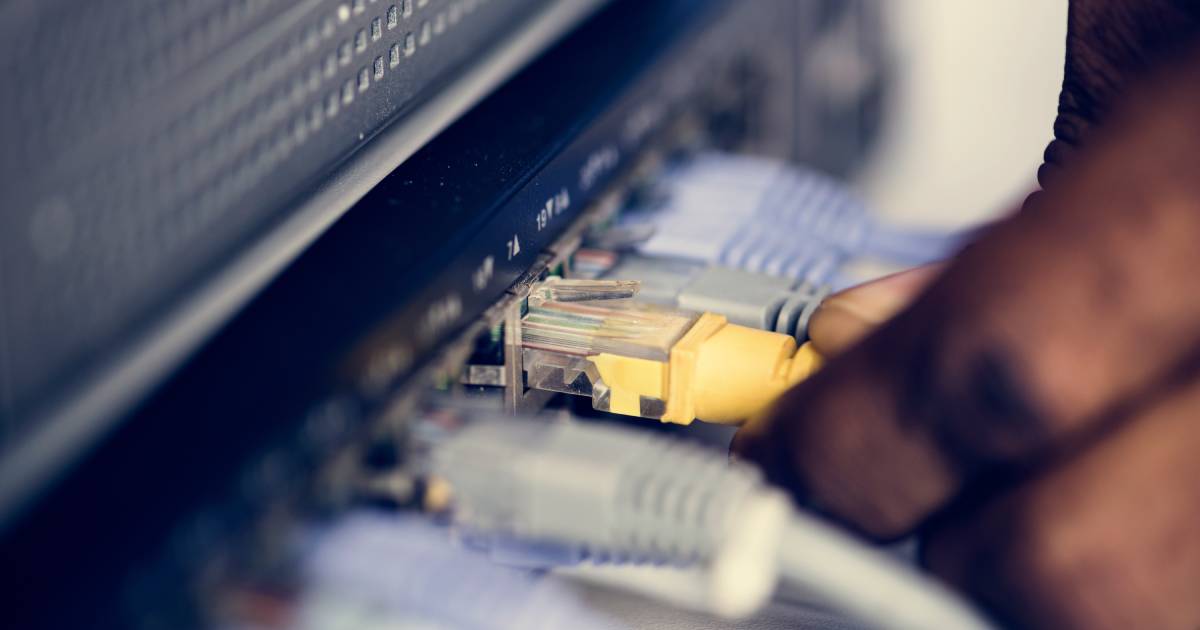Contact us for support: 01536 263411

Ethernet cables are crucial for computer networks and internet connectivity, and to keep them in good working order, it’s important to protect them from damage and wear and tear. One of the best ways to do this is by using a strain relief boot, specifically designed for RJ45 connectors. These simple but effective components can provide numerous benefits such as extending the life of your cables, preventing broken wires, and maintaining optimal connectivity. In this blog post, we’ll explore the importance of strain relief boots for Ethernet cables, the different types available, and the correct way to install them.
A strain relief boot is a small, flexible piece of plastic that attaches to the base of an RJ45 connector. It serves as a protective barrier for the cable, shielding it from the stress and strain that can occur during installation, maintenance, and regular use. In addition to protecting the cable, strain relief boots can also help secure the connector in place, preventing it from accidentally getting pulled or disconnected. This can save you time and money by avoiding costly repairs and replacements.
Ethernet cables consist of four twisted pairs of copper wires inside a flexible outer sheath. At each end of the cable, there is an RJ45 plug, which is used to connect the cable to a computer, router, switch, or other device. The RJ45 plug has eight pins that correspond to the eight wires inside the cable. The purpose of RJ45 boots or strain relief boots is to protect and secure the area where the cable and plug meet, preventing strain on the wires and reducing the risk of damage or disconnection.
To install an RJ45 strain relief boot correctly, follow these steps:
Step 1: Slide the strain relief boot onto the unprepared cable end.
Step 2: Prepare the cable by trimming the outer sheath as needed to expose the wires and untwist the pairs.
Step 3: Push the plug into the end of the cable, making sure that the wires go into their respective slots and the sheath is not crimped.
Step 4: Crimp the plug contacts with the correct tooling
Step 5: Slide the strain relief boot back over the base of the plug until it fits, depending on the design selected it may also click or snap into place.
Here are some common mistakes to avoid when putting on an RJ45 strain relief boot:
Mistake 1: Not using the correct size or type of strain relief boot for the cable or plug.
Mistake 2: Forgetting to slide the boot onto the cable before attaching the plug.
Mistake 3: Pull on the cable instead of the boot when trying to unplug it.
Mistake 4: Overstretching or twisting the boot while trying to attach or remove it.
Mistake 5: Using too much force or pressure when snapping the boot into place.
To make sure that your strain relief boot is securely attached and providing optimal protection for your Ethernet cable, follow these tips:
Tip 1: Choose the right size and type of strain relief boot for your cable and connector.
Tip 2: Check the datasheets or product specifications to ensure compatibility with shielded or unshielded plugs.
Tip 3: Make sure the boot is properly aligned and not twisted or misaligned.
Tip 4: Push the boot firmly onto the base of the plug until it clicks or snaps into place.
Tip 5: Give the boot a gentle tug to make sure it’s securely attached and not loose or wobbly.
Correctly installing a strain relief boot on an RJ45 connector can provide numerous benefits, such as protecting the cable from damage, preventing disconnections, and ensuring optimal connectivity. In addition, it can make your Ethernet cables look more professional and tidy, giving your workspace a cleaner and more organised appearance. By taking the time to properly install and maintain your strain relief boots, you can enjoy longer-lasting and more reliable network connections.
Now that you know the importance of installing an RJ45 strain relief boot correctly, you can confidently protect your Ethernet cables from damage and wear and tear. Remember to choose the right size and type of boot for your cable and connector, slide the boot onto the cable before attaching the plug, and push it firmly into place. By following these simple steps and avoiding common mistakes, you can extend the life of your cables and enjoy optimal connectivity for years to come. Take advantage of Component Buddy’s expertise in cable protection to optimise your setup today! With over 30 years of experience, we deliver unmatched expertise you can rely on.